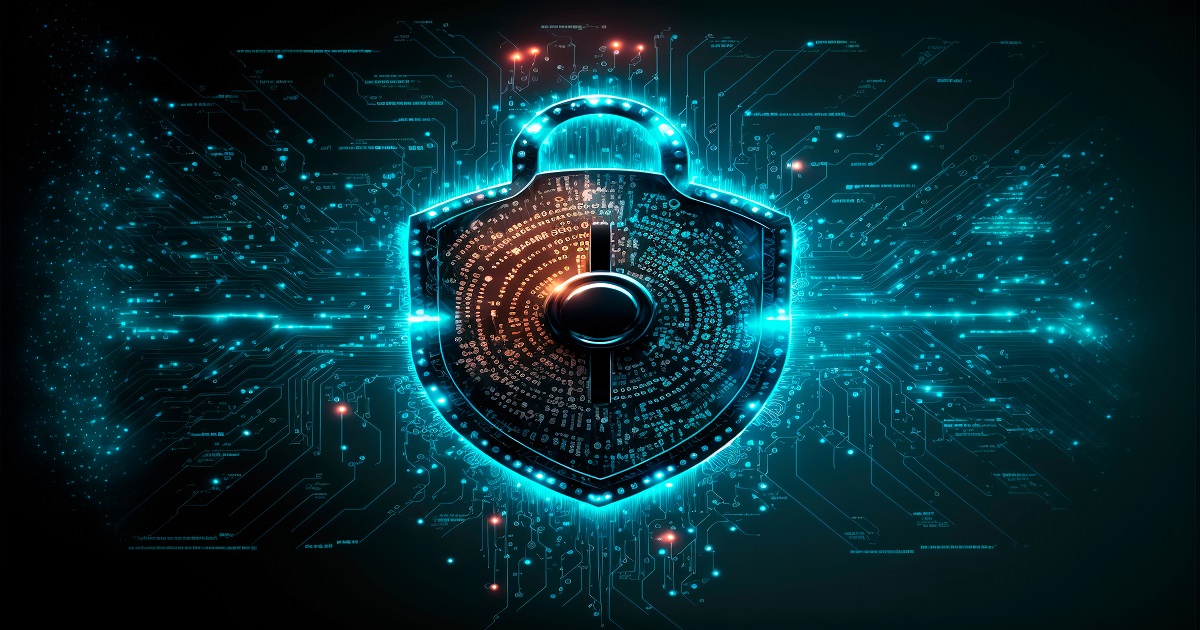
Today, with the adoption of IoT, the retail industry has become more customer-centric, and the primary aim is to enhance the customer experience to its greatest extent. Technology has become a critical piece of the pie to spark higher engagement and improve customer experience, and now, thanks to digital platforms, businesses are experiencing many changes, and the internet and mobile devices have enabled consumers to connect with companies in creative new ways.
One of the most dominant forms of technology being rapidly adopted by the retail industry is Internet of Things (IoT) devices that can connect and exchange data with other devices and systems over the internet. The recent advances in technology, including artificial intelligence, cloud, business intelligence, analytics, and others that fall under the IoT umbrella have massively impacted the retail industry.
“Retailers are reaching for innovative solutions to find new opportunities for generating revenue and building modern business models,” said Allen Salmasi, founder and CEO of Veea. “Driven by the need to improve business operations and become more customer-oriented, both online and offline retail markets are striving to eliminate the limitations in their services by using various advanced technologies and creating personalized customer experiences.”
Overall, the amount of IoT in retail is growing swiftly, and not expected to stop anytime soon. The global internet of things in retail market size was valued at USD 31.99 billion in 2020 and is expected to expand at a compound annual growth rate (CAGR) of 26.0 percent from 2021 to 2028, being projected to reach USD 182.04 billion by that time.
The growth can be attributed to the adoption of connected technologies by retailers against e-commerce sites, as the variety of new technologies that fall under the category of IoT hold a myriad of potential benefits in the retail industry, for both consumers and companies. IoT is expected to revamp the retail industry, transforming traditional brick and mortar shops into advanced digital stores.
“Factors such as effective store premise monitoring, inventory management, supply chain management, and customer behavior observation are driving the demand for internet of things (IoT) in the retail market,” said Salmasi. “IoT solutions, such as Veaa and iFree’s TROLLEE, are able to connect technologies, including digital signage, on-shelf displays, beacons, and price tickers, providing opportunities for a brand to gain access to a high amount of data on customer activity during in-store shopping.”
To start, one aspect of IoT that has already found itself a home in retail is Augmented Reality (AR) technology. According to research, 55% of consumers think AR makes the shopping experience more exciting, as the technology can be used to build consumer relationships, boost sales and add value to the shopper experience.
For consumers in the stores, using augmented reality can provide the customer with important details like product description, color and size options, customer reviews, prices, and nearly anything else the customer might like to know about a product before purchasing. AR can also be extremely beneficial when it comes to online shopping, as the technology allows consumers to virtually try something out before purchasing. Whether they’d like to see how a clothing item looks on them before buying it, or checking out how a piece of furniture looks in their own living room, AR eliminates consumers having to return a purchase because it’s not what they expected it to be.
Another aspect of IoT, analytics and AI, has quickly become one of the essential aspects to enhance the operations of the retail industry, and digital transformation has enabled the industry to analyze the demographics and customer traffic that allows the business to make personally tailored customer experiences based on these details. AI and machine learning are the difference today between a brand that stops at personalizing emails by using the customer’s name and one that can give customers exactly what they want by offering relevant information contextually.
When executed well, such experiences enable businesses not only to differentiate themselves but also to gain a sustainable competitive advantage. 91 percent of consumers say they are more likely to shop with brands that provide offers and recommendations that are relevant to them. On top of this, 72 percent of consumers say they only engage with personalized messaging.
“The retail landscape has experienced a seismic shift with the evolution of Artificial Intelligence (AI) and Augmented Reality (AR) in retail stores.,” said Tony Smyth, Senior Vice President, iFREE GROUP. “With an IoT solution like TROLLEE, retailers can use AI to understand the buying patterns of old customers, identify the target audience, and offer customized product ads to their customers, while also incorporating chatbots with messaging applications, allowing users to interact with their brands.”
Finally, the omnichannel customer experience is another form of IoT that is becoming popular fast in the retail industry. Omnichannel starts with being present everywhere your customers are so that they have no trouble interacting with you through a means that is convenient for them. Customers no longer use a single channel to interact with your brand, with stats showing that 73 percent of customers switch between an average of 4 channels during their purchase journey.
Integration is the key factor that can make or break your omnichannel customer service strategy, as every channel should work cohesively to steer the customer journey in the same direction. Over 35 percent of customers today expect to be able to contact the same customer service representative on any channel. And those companies that offer omnichannel experience have already seen the benefits, as Customer retention rates are 90 percent higher for omnichannel vs. single channel.
Overall, retailers today are still experimenting with IoT, helping them to determine which devices and applications are going to provide the most benefits for their business, and their customers. However, the adoption of common standards and the proliferation of connected devices are already augmenting the growth of IoT-enabled capabilities across the retail industry, as the technology provides endless capabilities and improvements in the retail sector and enables retailers to explore customer behavior, optimize productivity, and create new business models as we push forward into a new digital age.
“IoT enabled technology, such as TROLLEE, offers retailers an opportunity to develop an improved ecosystem that connects the digital and physical worlds,” said Salmasi. “Retailers are now utilizing the advantage of the wide range of connected products in front of them today by adopting an integration platform that benefits not only them, but the consumers as well.”
Arti Loftus is an experienced Information Technology specialist with a demonstrated history of working in the research, writing, and editing industry with many published articles under her belt.Edited by
Luke Bellos





